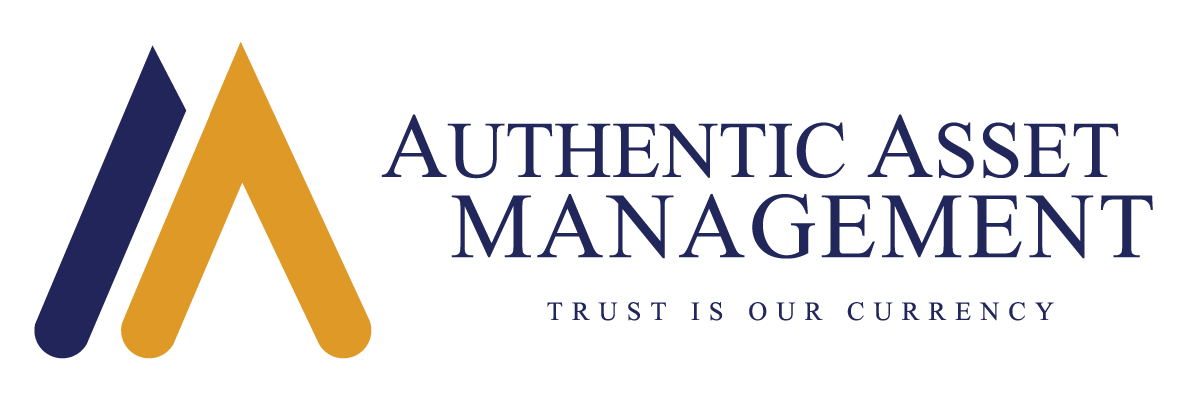All too often we underestimate the connections between people and organizations around the world. 30 years ago, a fellow grad student named John (now Senior Research Advisor at the Federal Reserve Bank of San Francisco) and I, were invited to join our Supervisor, Prof. Mervyn King (subsequently Governor of the Bank of England) for dinner with his friend Larry Summers (subsequently US Treasury Secretary). This delightful evening of far-reaching conversation left me with one indelible impression: the international ties of academia (in this case between the LSE and Harvard) run deep.
Financial market participants should not underestimate the intense cross-fertilization of ideas, consultations and actions amongst the central bankers of the world. Central bankers have long since recognized that they don’t operate in a vacuum. They are all too aware that effectiveness in fulfilling their mandates with local policy changes is highly dependent upon the international context. For this reason, there are times in the financial markets when the invisible hand suddenly emerges with a glove on. This is the case for example, when seemingly out of nowhere, but truly borne out of joint consultation, central banks suddenly operate in concert with one another.
This brings us to the jawboning in recent weeks by central banks in North America and Europe, and possibly Asia (ex Japan). What I mean is a far cry from the possible origin of the term jawboning; the biblical revenge of Samson who “smote a thousand men” with the “jawbone of an ass”. At this point it is more like the chat around the water cooler has changed in tone. Central bankers all around the same time are suddenly vocal about reducing monetary policy accommodation sooner, rather than later.
The timing is curious. Thus far, the US Fed has been alone in tightening monetary policy, with rate hikes during each of the past 3 quarters, a plan to start letting their stockpile of bonds run off as early as this autumn, and more hikes to come. Not much else has changed to justify a more hawkish tone. Growth has picked up a bit, but inflation rates remain below mandated objectives.
This may turn out to be just another storm in a teacup. Tougher verbiage, without much behind it, has been used before to take some steam out of advancing markets. Yet there seems to be more good old-fashioned economic arm-twisting to it this time around. The great change is how resolute central bankers have become that we can look through current low inflation rates and see the targets being well met over the medium term. The Bank of Canada will be the first one to show their mettle or fold: their abrupt flip-flop to jawboning about a rate hike from a steady-to-lower interest rate stance, will be actionable at a meeting in mid-July.
It is plausible that the time has come when several central banks will begin operating in greater concert with one another on the back of the US Fed’s lead. Here are 3 reasons why:
- Growing desire for normalcy – The desire to get monetary policy to a more normalized level is growing. Loose monetary policy conditions are not a good place to begin combatting the next recession or crisis. Central bankers keen to get interest rates up and their balance sheets down, are emboldened by seeing that the Fed’s actions have not upset the financial markets.
- Limited Fed impact – The Fed’s actions haven’t actually had much of a tightening effect. It is tough to get longer term US rates higher when overseas rates stay so much lower. One can imagine the Fed appreciating a little more help from their friends through tighter policy talk.
- Foreign exchange management – Exchange rates are the greatest unsung preoccupation of central banks as a means of affecting competitiveness in international trade. With jawboning surprises outside the US leading to upward revisions in interest rate expectations in those places, the US dollar has softened up a bit against those currencies. This affords the Fed greater scope to stay on track with its plans.
If this central bank jawboning does lead to a more proactive and coordinated approach to monetary policy tightening, then it would be pivotal for the financial markets and play out in one of two directions. If the market narrative was that central banks’ actions were warranted by accelerating economies, then portfolios tactically positioned with a strong cyclical bias will fare well.
Our view at AUTHENTIC, albeit tentative, leans in the other direction. If the central banks decide to become more assertive towards a neutral stance, then on the margin, their actions become less dependent on strong economic data being released. Equity momentum will be broken. Such a hypothesis reinforces cautiousness towards consumer cyclicals, industrials and energy stocks, and a relatively favourable disposition towards financial, health care, and technology stocks. Tactical short positions in interest rates enjoy a greater reward to risk. If central banks become more active, the fate of the US dollar, commodity prices, and emerging markets will be at the mercy of a broad spectrum of possible outcomes.

